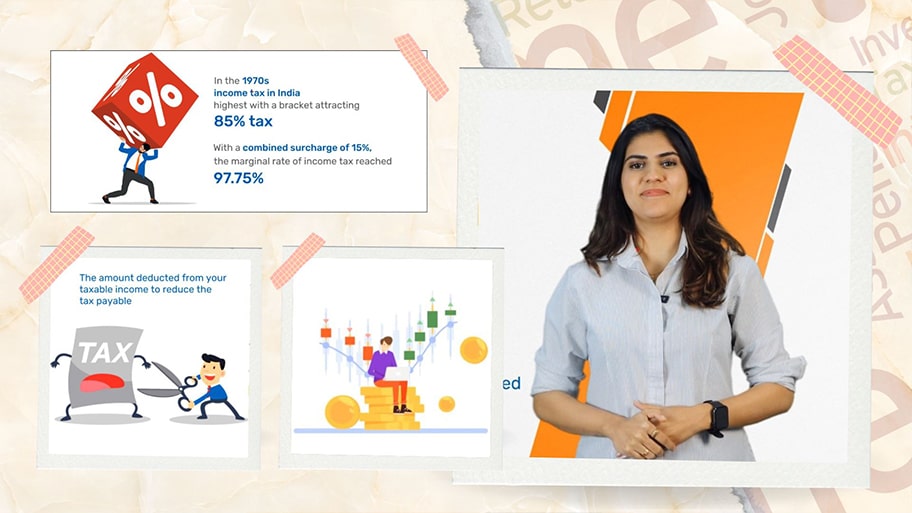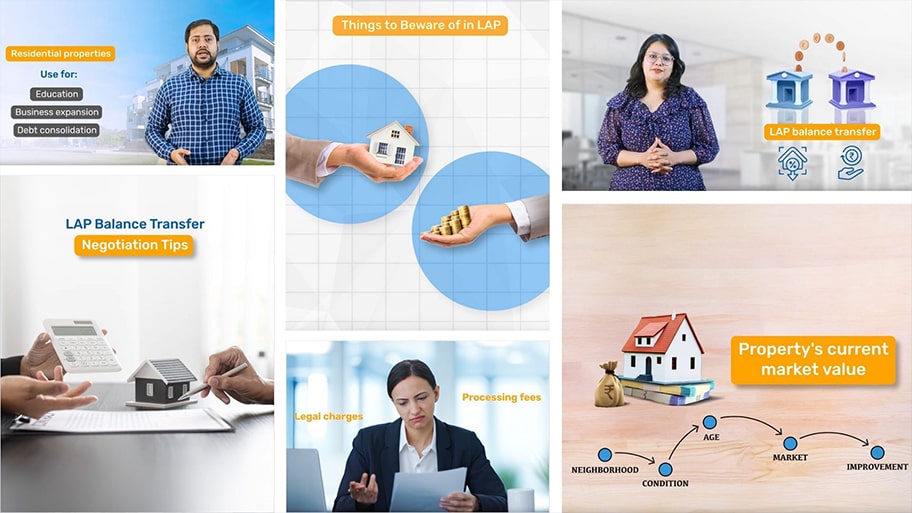First-Time Homebuyer? Discover the Secrets to Success!
Buying your first home could involve meticulous planning and consideration. In this video, we’ll walk you through the process. You could start by determining your budget. Analysing your monthly income and expenses might help you figure out how much you can comfortably afford. You could aim to keep housing costs within 28-30% of your gross income and save at least 20% of the property value for a down payment. You might need to account for additional costs like stamp duty, registration fees, and maintenance charges.
Next, we’ll talk about location. You could choose areas with good connectivity to workplaces, schools, and hospitals, along with essential amenities like parks and shopping centres. Safety and potential future developments might also be important considerations.
We’ll discuss features such as size, layout, and amenities that meet your current needs while allowing room for future growth. We’ll explore the process of home-buying, including applying for a home loan, conducting property inspections, and reviewing legal documents.
Lastly, we’ll look into hidden costs like property taxes and utility setup fees. By staying informed and consulting experts, you might be able to navigate your journey to homeownership in a confident manner.

Key Takeaways
You could determine your budget by analysing your monthly income and expenses thoroughly to plan for your home purchase
You might have to keep your housing costs within 28-30% of your gross monthly income for financial stability
You might need to save at least 20% of the property’s value as a down payment
You could select a location with good connectivity, safety, and potential for future value appreciation
It might be important to focus on essential house features like size, layout, and necessary amenities to meet your current and future needs
You could assess your finances carefully and apply for a home loan if additional funding is required
You could consider a home loan balance transfer to benefit from better terms and lower interest rates
A home loan top-up option could help cover costs for repairs or renovations
You might need to be mindful of hidden costs, including property tax, legal fees, and ongoing maintenance expenses
You could verify the property’s legal status to check if it complies with local regulations before finalising your purchase
What to Watch Next
Bites

































